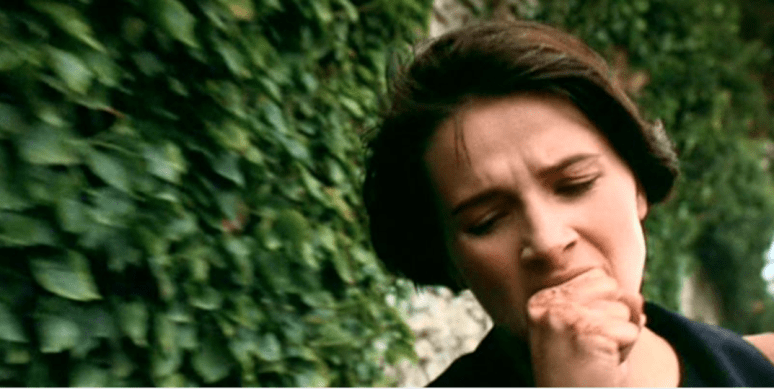When her famous composer husband and young daughter are killed in a car accident, Julie (Juliette Binoche) immediately shuts herself off from the rest of the world and abandons her family’s enormous house, getting rid of most of her possessions and destroying her late husband’s unfinished symphony, to move into a small apartment away from her old life. As she tries in vain to ignore her pain, trying hard to be left alone, certain people try to get closer to her and attempt to finish her husband’s music, much to her disapproval.
This is a film about dealing with grief, something we’ve seen recently in films like Manchester by the Sea and Three Billboards, and this particular feature shows us one woman’s unique way of dealing with her loss: by closing herself off from the rest of the world, attempting to ignore and bury her pain and to simply walk away from her problems, all of which is a unique, compelling and smart direction for the film to take. Our main character also has several moments where she swims alone in an empty pool and we get to understand that it’s her own particular way of fighting against her pain – it’s implied that it’s at this pool where she lets out her tears, so that they’ll be camouflaged by the water. The story and central themes are continually powerful without being obvious, boring or preachy and through the solid writing, as well as the perfect central performance and appealing style, Blue remains an absorbing and fascinating piece of cinema even in this day and age.
In addition to the interesting story, the film is kept very much afloat by the central performance of the absolutely stunning and sublime Juliette Binoche; as Julie, she’s mostly very distant and a bit standoffish, endevouring to avoid contact with people and to erase all the reminders of her life with her husband, but Binoche admirably manages to remain likeable and supportive, even though her character tries to be unapproachable, shutting out the rest of the world. Binoche’s performance is often subtle, using precise facial expressions and limited speech, but she also has some dramatic and emotional outbursts, such as in one scene where she purposefully scrapes her knuckles against a brick wall, and overall she very effectively lets us know exactly what her character is feeling and we see her as a damaged and flawed person – aloof and reclusive but also quietly grieving, pained and vulnerable.
The other major factor in Blue‘s lasting legacy is its wonderful style; the film is masterfully directed by Krzysztof Kieślowski as he keeps things constantly interesting throughout its 90 minute runtime and the film itself is incredibly beautiful to look at, most shots looking like pieces of art and the unmissable use of the colour blue also gives the film a certain mood and ambiance that has made it so memorable in the world of classic cinema. And all of this is complemented by an excellent score that makes use of classical piano and a haunting flute to a perfect effect.


Love your writing, you capture the main moments in the film quite nicely. This sentence particularly struck me as wonderful: ” it’s implied that it’s at this pool where she lets out her tears, so that they’ll be camouflaged by the water. Great job and love the film! My favourite Kieslowski next to Veronique
LikeLiked by 1 person
Thank you very much for saying! 😀
LikeLiked by 1 person